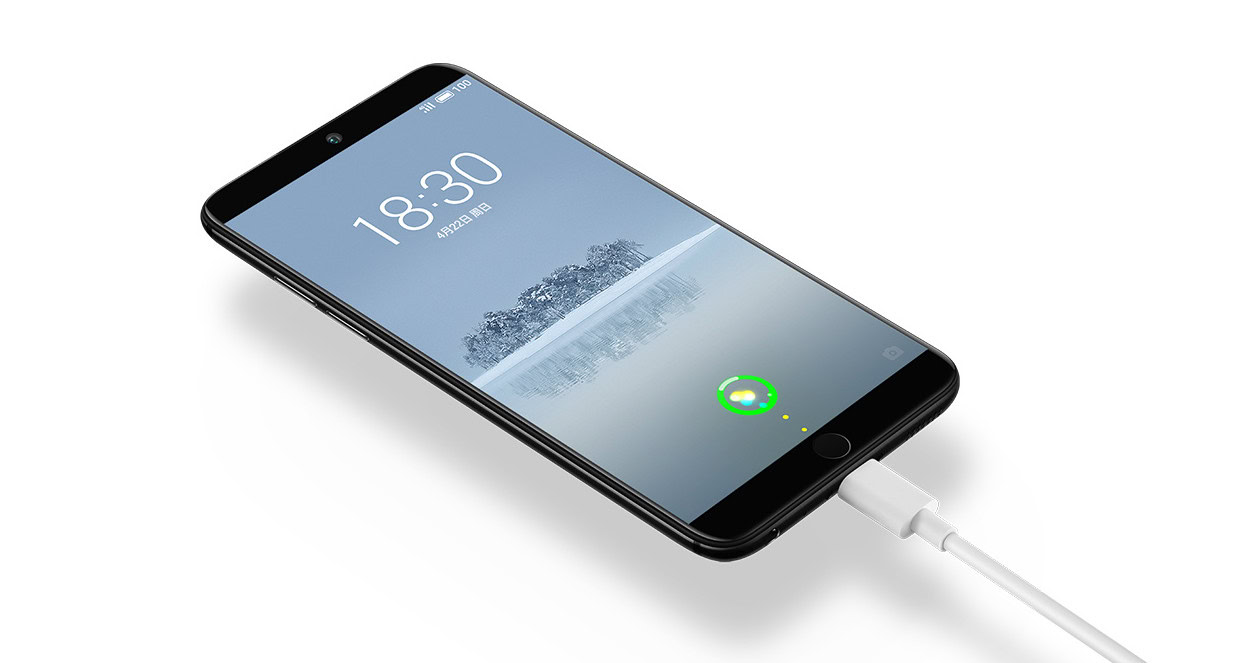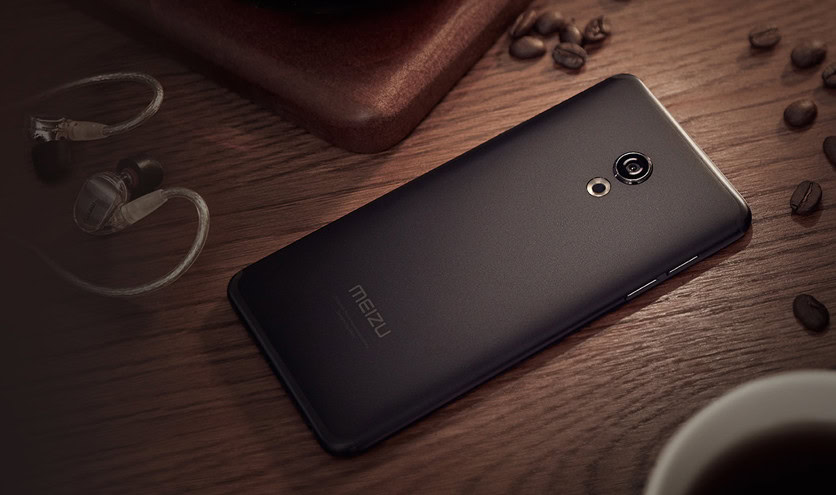Affiliate links on Android Authority may earn us a commission. Learn more.
Meizu 15 Plus revealed: Ever wanted a Galaxy S8 in Meizu clothing?
Published onApril 23, 2018

- Meizu has unveiled the Meizu 15 Plus, Meizu 15, and Meizu M15.
- Meizu 15 Plus pricing starts from 2,999 yuan (~$475).
- The larger device packs the same chipset as the EMEA Galaxy S8.
Meizu has a habit of using Samsung’s Exynos chips for flagship phones, so is it any surprise to see the Meizu 15 Plus packing the same SoC Samsung used for the EMEA variant of the Galaxy S8?
The new phone, announced today, should be a great performer as a result of the Exynos 8895 chipset. We see four custom Mongoose M2 cores, four power-sipping Cortex-A53 cores and a Mali G71 MP20 GPU. Expect the phone to pack 6GB of RAM and 64GB or 128GB of fixed storage as well. In other words, it’s not the latest Exynos processor but it should handle pretty much any game you toss at it.
We also have a 5.95-inch 2560 x 1440 AMOLED screen (albeit with a 16:9 screen ratio here) and a 3500mAh battery, the latter putting it more in line with the S8 Plus.

The Meizu 15 Plus certainly differs from Samsung’s 2017 flagship duo in the camera department, serving up a 20MP plus 12MP camera pairing (f/1.8 aperture and 1.55 micron pixels) with optical image stabilization on the main snapper. We also see 3x telephoto zoom on the second camera, while Meizu touts multi-frame noise reduction for better shots. Look at the front and you’ll find a 20MP shooter to handle all your selfies, complete with AI-enabled beauty features.
Interestingly, we also see the Chinese firm adopt an Apple-style vibration engine for the capacitive home key, simulating physical button presses. Unlike Apple, however, the headphone jack has remained intact.
The Plus model is also joined by a standard Meizu 15, offering a less capable Snapdragon 660 chipset instead of the Exynos 8895, a smaller 3000mAh battery, 4GB of RAM, 64GB or 128GB of fixed storage, and a 5.46-inch Full HD Super AMOLED screen (16:9 as well).
| Meizu 15 Plus | Meizu 15 | Meizu M15 | |
|---|---|---|---|
Display | Meizu 15 Plus 5.95-inch Super AMOLED 2560 x 1440 (16:9) | Meizu 15 5.46-inch Super AMOLED 1920 x 1080 (16:9) | Meizu M15 5.46-inch LCD 1920 x 1080 (16:9) |
Processor | Meizu 15 Plus Samsung Exynos 8895 ARM Mali G71 MP20 | Meizu 15 Qualcomm Snapdragon 660 Adreno 512 GPU | Meizu M15 Qualcomm Snapdragon 626 Adreno 506 GPU |
RAM | Meizu 15 Plus 6GB | Meizu 15 4GB | Meizu M15 4GB |
Storage | Meizu 15 Plus 64GB/128GB Non-expandable | Meizu 15 64GB/128GB Non-expandable | Meizu M15 64GB Expandable |
Rear camera | Meizu 15 Plus 20MP+12MP 3x telephoto, f/1.9 OIS on main camera | Meizu 15 20MP+12MP 3x telephoto, f/1.9 OIS on main camera | Meizu M15 12MP f/1.9 |
Front camera | Meizu 15 Plus 20MP f/2.0 | Meizu 15 20MP f/2.0 | Meizu M15 20MP f/2.0 |
Fingerprint scanner | Meizu 15 Plus Yes | Meizu 15 Yes | Meizu M15 Yes |
Battery | Meizu 15 Plus 3,500mAh | Meizu 15 3,000mAh | Meizu M15 3,000mAh |
Software | Meizu 15 Plus Android plus Flyme 7 | Meizu 15 Android plus Flyme 7 | Meizu M15 Android plus Flyme 7 |
Dimensions | Meizu 15 Plus 153.8 x 78.25 x 7.25mm 177g | Meizu 15 143 x 72 x 7.25mm 152g | Meizu M15 143.62 x 72.38 x 7.45mm 145g |
The Meizu 15 Plus starts at 2,999 yuan (~$475) for the 6GB/64GB variant, while the standard Meizu 15 starts at 2,499 yuan (~$400) for the 4GB/64GB variant. If that’s still too expensive for you, the brand has also launched the Meizu M15, starting at 1,699 yuan (~$270).

For that lower price, you get a mid-range Snapdragon 626 processor (eight Cortex-A53 cores), 4GB RAM, 64GB of expandable storage, a 3000mAh battery and a 5.46-inch full HD screen. Unlike the flagships, Meizu hasn’t disclosed the nature of the screen tech for the M15, but it seems likely that it’s an LCD screen instead of AMOLED.
Other notable details include a 12MP f/1.9 aperture main camera, and what appears to be the same 20MP selfie camera with AI beauty features as the flagship handsets. All three phones support facial unlocking as well, but don’t expect Apple-like levels of security here.
Probably the biggest downside for the trio is the lack of an 18:9 screen ratio, which would’ve allowed for a bigger screen in a similar-sized form factor. But hey, at least there’s no notch, right?
Want to take a closer look at these phones? Then visit the store listings below.